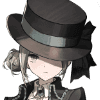Foreword
Special thanks to Liriell who worked tirelessly on this guide.
Introduction
Reverse: 1999 is a turn-based RPG with a combat system revolving around the use of spell cards (incantations). The game focuses heavily on storytelling, having a Main Story mode and recurring side-story events. There's no PvP nor any competitive mode.
It is distinguished not only by its strong cast of Voice Actors, but the diversity of characters, each one with unique design, story and accent. Another selling point is the fantastic art style presented both through illustrations, character art, animated PVs and L2D for all characters.
For those looking for an entertaining gacha who is F2P friendly and won't overtake your time or your wallet, this game may be for you. Reverse:1999 constantly adds new stories and events, each one with their own gameplay twist and mini-games to the side. Quality of life features such as being able to re-clear a stage with up to four times the rewards in a sped-up autoplay make finishing dailies and farming a smoother experience.
For more information on all these features as well as the gacha itself, check the respective sections in this guide. Now, are you ready? Just step through the door…
Setting

Imagine a world much like our own, but where on one side you have regular humans, while on the other, there are Arcanists: people capable of wielding magic, supernatural beings ranging from mythical figures to objects who developed a conscience of their own, bodyless minds, fantastical creatures and urban legends. It’s only natural to expect that factions would form, and that clashes would be constant between them.
Regardless of all that, life moved on.
Until the eve of the millennium.
December 31, 1999. Time? 23:59.
It started with a single drop of rain. It abandoned the confines of gravity and headed skyward, soon followed by all other raindrops. Gradually the rain washed out reality, undoing, in its reverse path, everything about that time. Places, feats, memories, people, all forever gone, forever forgotten, forever lost, as if it had never existed.
Amidst the mix of chaos, culminating in absolute emptiness, comes our main character, Vertin. Carrying the title of Timekeeper, Vertin's agenda is filled with goals of her own, as well as those set by the St. Pavlov's Foundation. The player follows Vertin's steps as she travels through different time periods, attempting to salvage as much as possible before each era gets sifted out by the Storm. In this uncertain path, she meets Arcanists, creates alliances, and aims to learn the truth behind the Storm itself and the year 1999.
Gameplay

Combat
As mentioned in the introduction, Reverse: 1999 is a turn-based strategy RPG with combat based around a card system. Each character has passive skills, two incantation cards and one ultimate card.
They are also classified into one of six Afflatus (Beast, Plant, Star, Mineral, Spirit, Intellect) and one of two damage types (Reality and Mental). For the incantation cards, their level ranges from 1 to 3. You can increase a card's level by combining two of the same type and level, or using Tuning skills. Sometimes, upgrading a card gives it extra effects and can even change its classification.
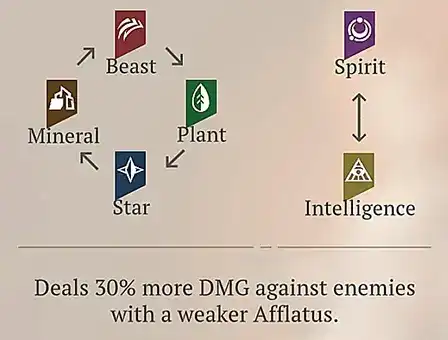
There are six types of cards, and during combat, you can see which type and which level the enemy is about to use:
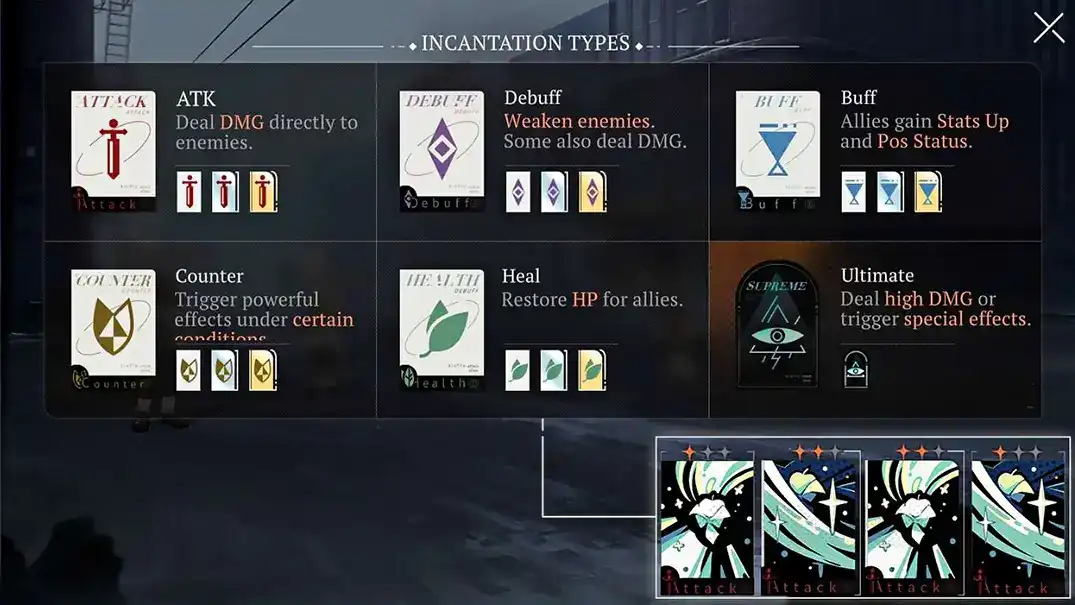
Aside from this, there are also two set of “Tuning Skills”. They are Vertin’s skills, and allow for a twist in strategy through timely card upgrades, randomization or being able to move a card without AP cost during a round.
When entering combat, the player can bring up to four characters. Usually, only three of them will be in the field, with the fourth one being labeled as a “substitute” and joining when someone dies. There are cases, however, when the four of them are in the field (usually in boss battles), or fewer characters are available per time while the rest of the team waits.
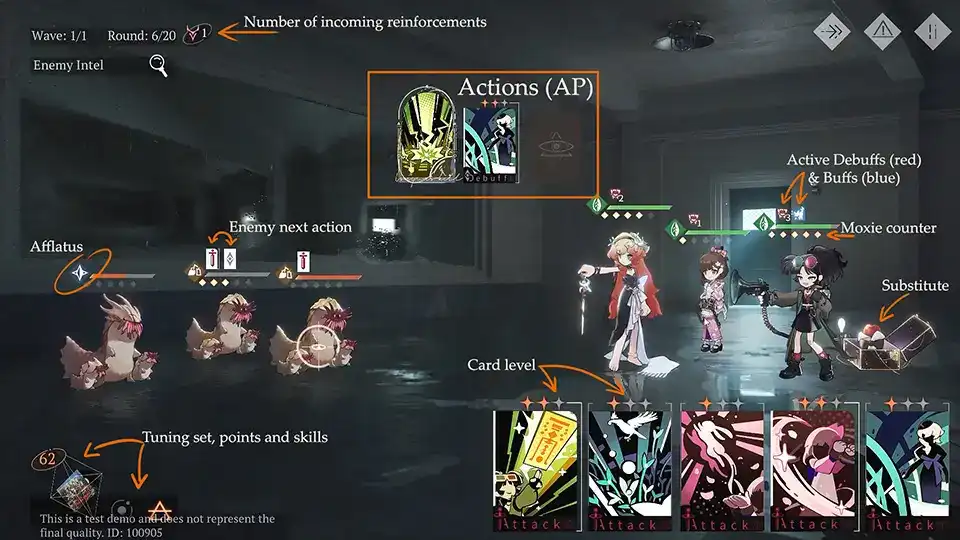
Character Progression
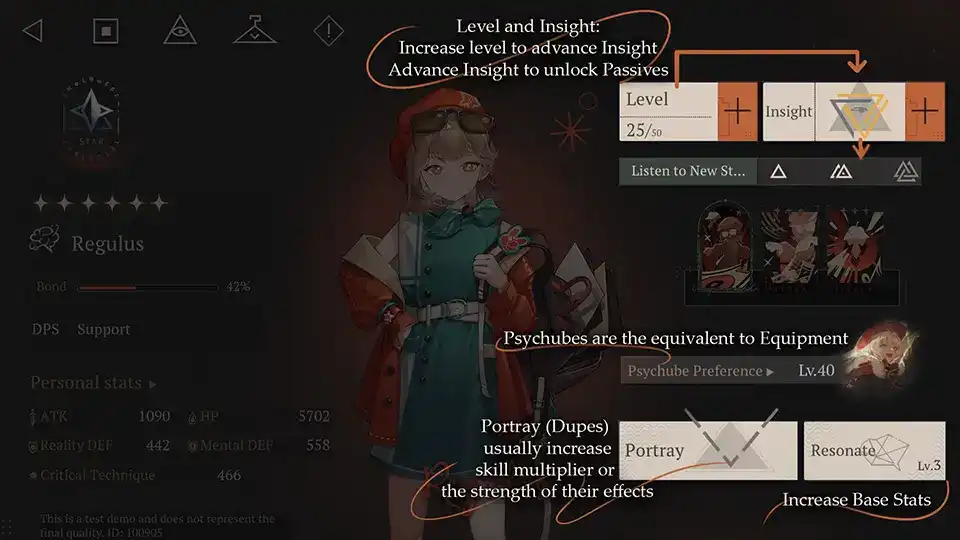
Characters can be upgraded in a number of ways. The first and most core one, being their level. Once a character reaches max level, they can increase their Insight level. Upgrading insight requires some materials, and after doing so, it will unlock a new passive, increase the maximum level of the character and reset their current level to one. At insight 2, a new appearance and outfit are unlocked for characters of rarity 4-star and above.
Psychubes
Psychubes are the equivalent of gear, or equipment, in this game. They offer a bonus of attributes, and the ones of five and six-star rarity have passives of their own. Psychubes can be obtaining by farming their stages, exchanging the currency from their stages for new ones in the Psychube shop, or exchanging the side-story event currency in the event shop. They can also be upgraded to give even better attributes and passives.
Portray
“Portray” refers to the dupe system in Reverse:1999. Dupes aren’t super important in this game, as their only function is to increase the base number of the character’s skills. Unlike some other gachas, it doesn’t unlock new functions for the characters and doesn’t change the way they are played. It is, of course, nice to have slightly stronger multipliers, and relatively important for the low rarity units, so they can keep up with the high rarity ones for longer or offer more utility. Thankfully, it’s easy to get portrays for these.
Resonance
Resonance is another important aspect of character progression. It increases the base stats of the character, and is customizable to an extent, taking the form of a “puzzle” where the player can either manually load the pieces with the attributes they wish, or let the game automatically quick load all the grids. This allows for some min-maxing, as well as some variety in builds of some characters. Fair warning, the amount of materials obtainable for upgrading Resonance is limited each month, so it’s advised to plan carefully who to invest Resonance levels in.
Game Modes

Main Story
The Main Story follows Vertin, and focuses on her investigations about the Storm, the St. Pavlov Foundation and the Manus Vindictae. It should be a priority for any player, as the Main Story is required to unlock most of the other features and game modes.
By finishing the first chapter, you unlock the Wilderness and also the Side-Story events. By progressing through the third chapter, you unlock the "Artificial Somnambulism" game mode.
As you progress, you can explore the map and search for "Traces" little clues that add to the worldbuilding through newspaper articles, overheard conversations, pictures and puzzles. The map is designed like a stylized pop-up story book, with the characters taking the form of little tabletop game pieces who follow along as the story unfolds.
Side-Story Events
Each event has its own themes, rewards, story, mini-games and other modes. They expand further on the worldbuilding and the background of the featured characters. Each event also has its own currency and shop, which makes them an efficient source of materials, Dust (character exp) and Sharpodonty (coins/gold).
Normally the event structure consists of a first half focused on story mode, and a second half featuring the UTTU challenge, one of the "endgame" modes of Reverse 1999.
Event roadmap
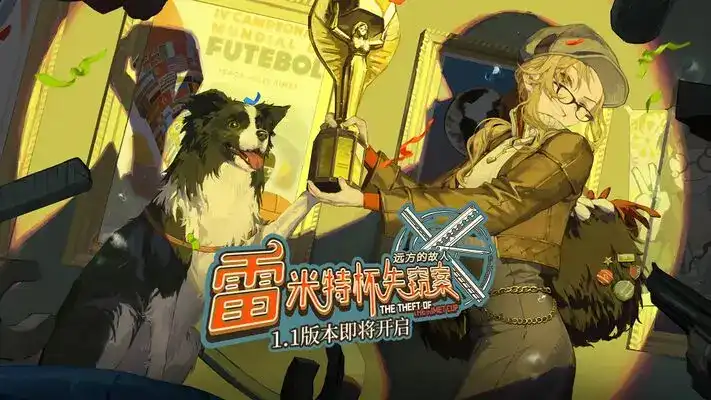
1.1 - The Theft of the Rimet Cup
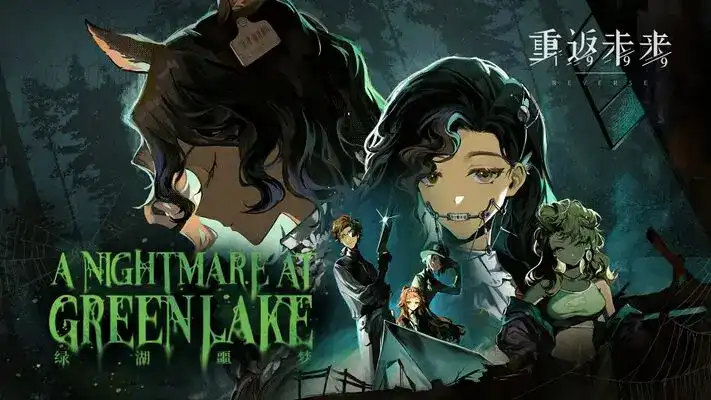
1.2 - A Nightmare at Green Lake
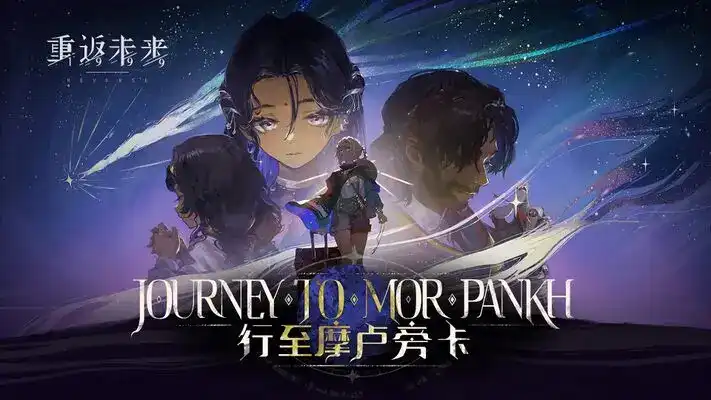
1.3 - Journey to Mor Pankh
Wilderness
A casual game mode where the player can design their own island. New terrain pieces and buildings can be obtained by completing objectives, acquiring them from the wilderness shop, the event shop, and as rewards from specific events (such as a character's birthday).
In the Wilderness it's also possible to craft materials and passively farm character bond, Dust and Sharpodonty. Resource output and character capacity can be increased both by upgrading the main buildings, and by placing Buildings and Islands in the Wilderness.
Main buildings
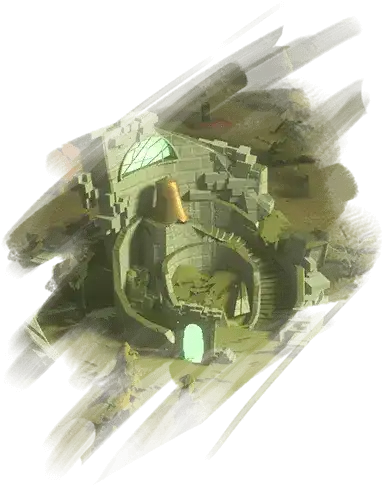
Paleohall
The main building. It doesn’t do anything by itself, but upgrading it is necessary to unlock upgrades for the others. The main Resource needed to upgrade it can be obtained in stages: 2-14, 3-15, 4-21, and by gathering 330 traces.
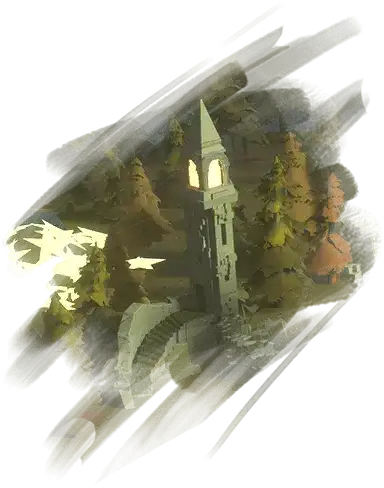
Dust Bell Tower
The Dust (exp resource) production building. At max level, can generate up to 16,200 Dust within 16 hours (Vigor Bonuses not included).
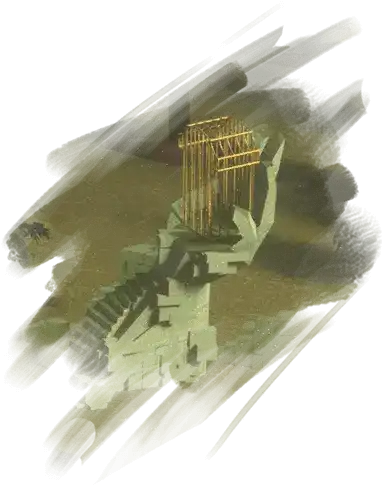
Sharpodonty Market
The Sharpodonty (coin resource) production building. At max level, can generate up to 7,200 Sharpodonty within 16 hours (Vigor Bonuses not included).
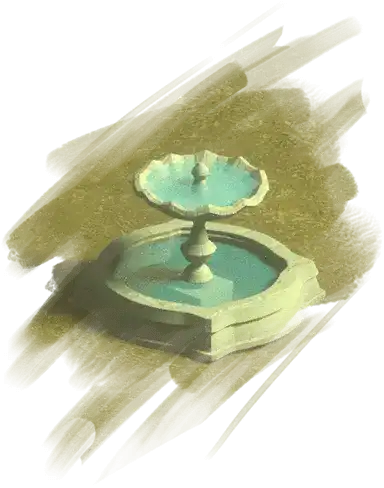
Wishing Spring
A building where it’s possible to craft Insight Materials, Wilderness Materials, Resonate Materials, and Psychube Materials.
Artificial Somnambulism
This game mode is separated into "Surface" and "Limbo". It can be considered the permanent "endgame" mode, more precisely, the Limbo level. Surface is permanent in its configuration but can be replayed without Activity cost at any time. Surface level contains ten “dreams”, with each “dream” inside having five stages and a special rule and story of its own. At the end of every week, the player receives a reward proportional to the amount of stars collected at Surface.
Meanwhile, Limbo has special rules that are applied to all of its stages, and significantly increased difficulty. Here, the rules change every two weeks, and clearing the stages again is necessary to reap more rewards. Limbo has, however, only a total of twelve stages, divided into six dreams with two stages each. Aside from Oneiric shop currency, clearing Limbo also gives Clear Drops, the gacha currency, with a total of up to 600 Clear Drops per round. For F2P players, it's advised to try to unlock this mode as soon as possible, since even if you can't clear everything right away, you should still be able to get some extra free Clear Drops.
Income and Monetization

When it comes to gachas, Reverse: 1999 can be considered to be on the generous side. Not only you can clear all content with what the game gives you for free out of the gate, but the income and gacha rates are decent. For a new player, going through chapters 1 through 4, earns them a bit over 156 pulls. Aside from that, there are recurring log-in events and more pulls to be obtained through side-story events and by exchanging Lost Tracks at the shop (By completing dailies and weeklies alone, the player can get all ten pulls from this). Most of the earnings, though, come from dailies and weeklies. Below are listed the earnings from Free to Play, Monthly Card (“Roaring Month”), and Battle Pass (“Roar Jukebox”).
Note: The table below doesn’t include income from events, login campaigns, raising bond with characters or other resources, only what is listed directly.
| Free to Play (F2P) | Monthly Card | Battle Pass | |
|---|---|---|---|
| Clear Drops | Dailies and weeklies: 90 per day, 100 per week Limbo: Up to 600 every two weeks | 2700 (+300 Crystal Drops) | Collector’s: 1260 Deluxe: 1660 |
| Total | 4300 (Month, 30 days/4 weeks) | 3000 | 1260 or 1660 |
| Extra | +10 Summons from the Pawnshop from Weeklies, +2 Summons from free BP | ||
Drop Rates
- Basic rate of summoning 6 star characters: 1.5%
- Basic rate of summoning 5 star characters: 8.5%
- Basic rate of summoning 4 star characters: 40%
- Basic rate of summoning 3 star characters: 45%
- Basic rate of summoning 2 star characters: 5%.
Each summon costs 180 Clear Drops or one Unilog. Every 10 summons guarantees at least 1 4-star or better character. Under this rule, the overall chance of drawing a 6✦ is 2,36%. If you have not obtained any 6✦ character after 60 summons, the rate of summoning a 6✦ character in the next summon will rise from 1.5% to 4%. After that, every summon that doesn’t grant a 6✦ character will increase the rate by 2.5%.
- Every 70 summons guarantees 1 6✦ character.
- After you have obtained a 6✦ character, the rate will be reset to 1.5%.
- On limited and rate up banners, there’s a 50% chance you will get the featured character. If you lose the first 50/50, then the next 6✦ is guaranteed to be the featured character.
- Pity is shared between Limited and Rate Up banners, and it carries over as well.
To guarantee a specific 6✦, a player can either pull on that character’s rate up banner, or exchange 240 Album of the Lost (obtained from new 5✦ and 6✦ as well as from dupes) at the Pawnshop. The available character at the Pawnshop changes on a monthly basis, and 5✦ characters can be obtained through this method as well, for the price of 60 Album of the Lost. Furthermore, despite new 6✦ being considered “Limited”, they get added to the regular poll three patches after their original debut. It is recommended to pull only on rate up banners, and ignore the standard banner (“Amid the Water”).
When it comes to Monetization, the only things that can only be obtained through paid means are certain skins and profile icons. Each Battle Pass features a skin and profile icon, and each patch cycle has two paid skins available for 880 Crystal Drops (paid currency) each. There are also free skins available through events and if you are wondering, yes, skins are cosmetic only, they don’t offer any stats.
Videos
The videos below showcase the main features of the game - menus, characters, exploration and combat. Give them a watch!
Official images
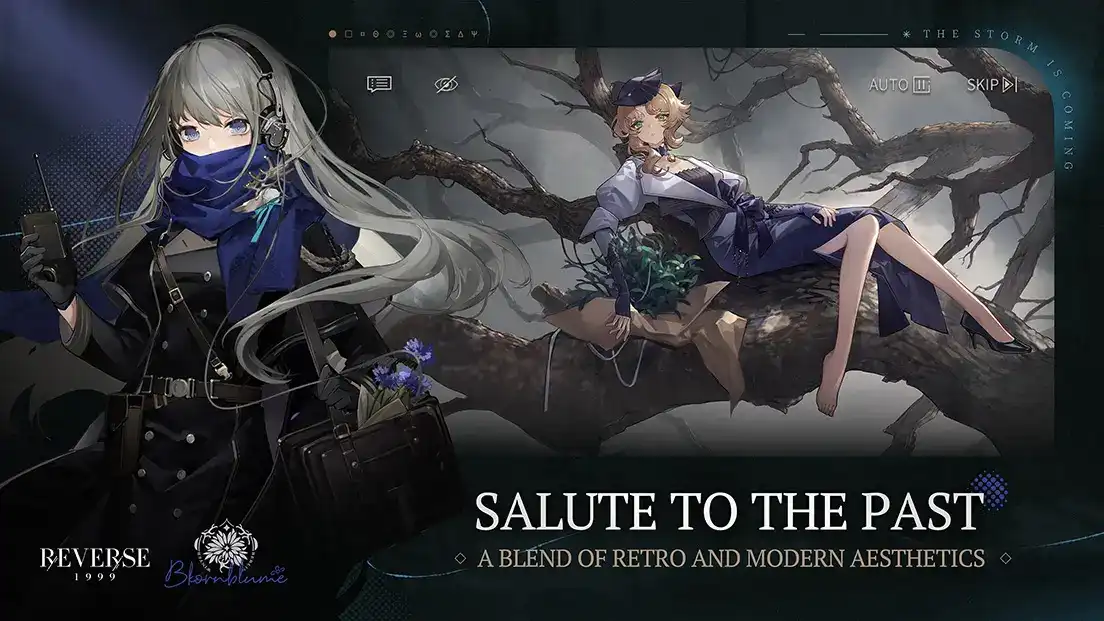
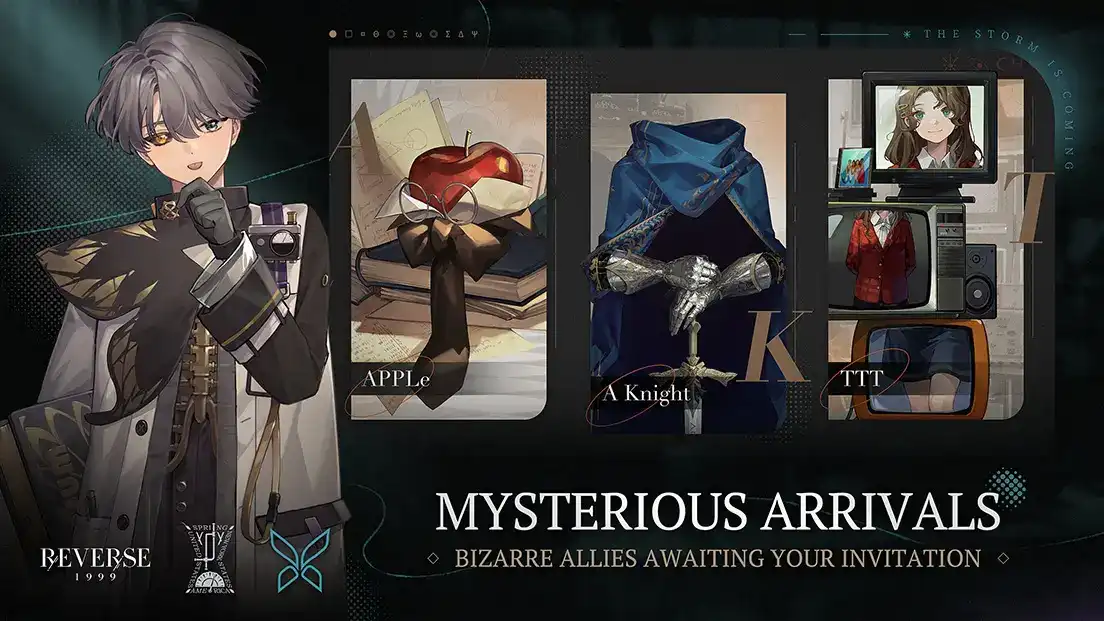
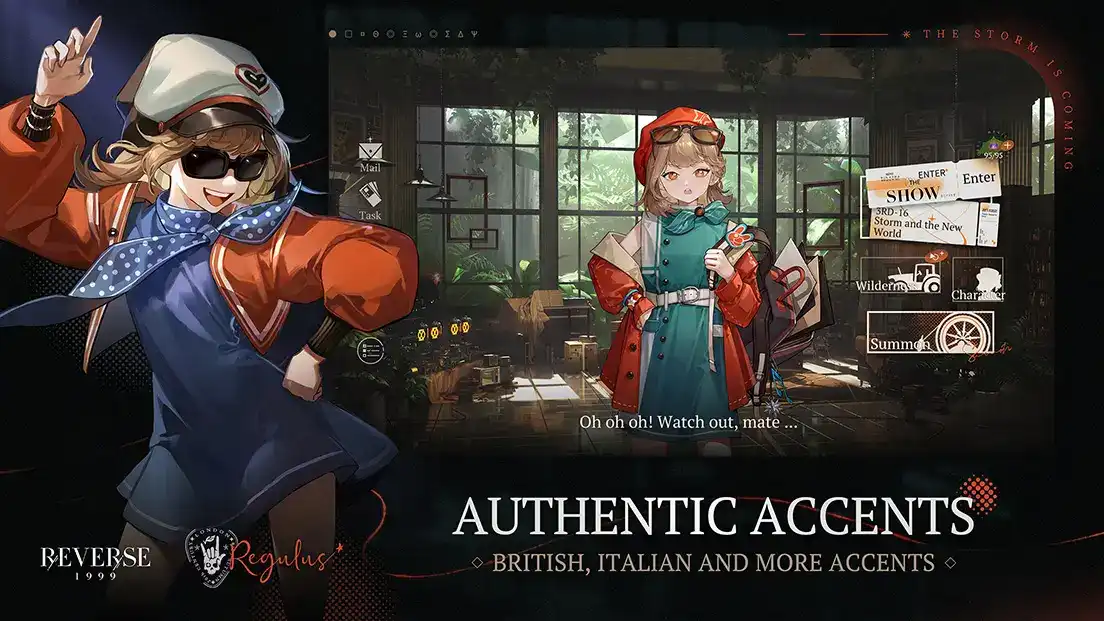
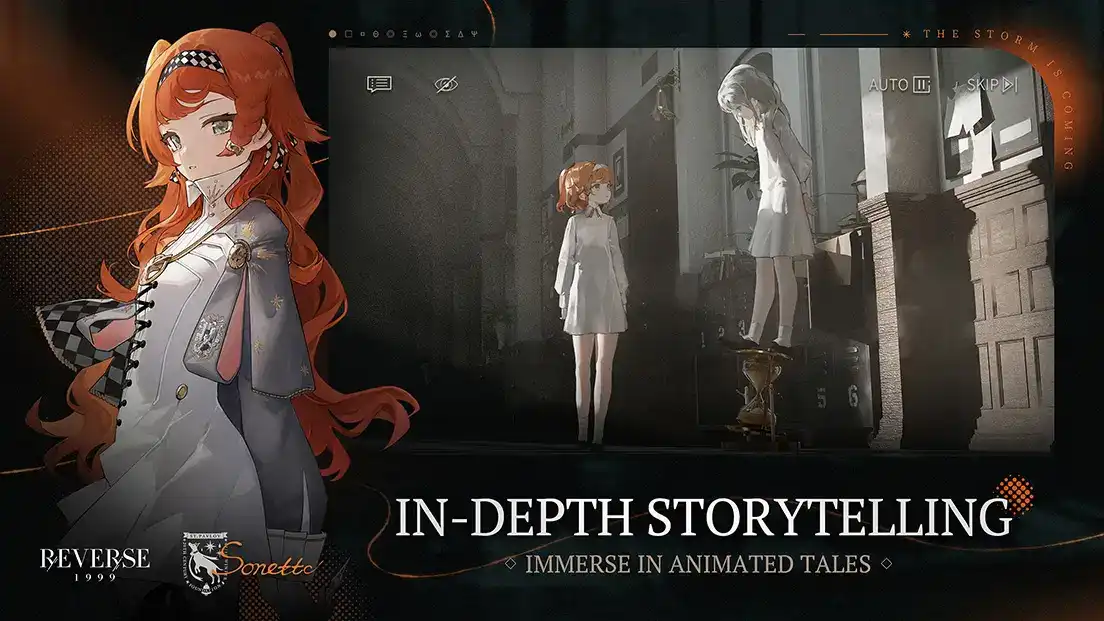
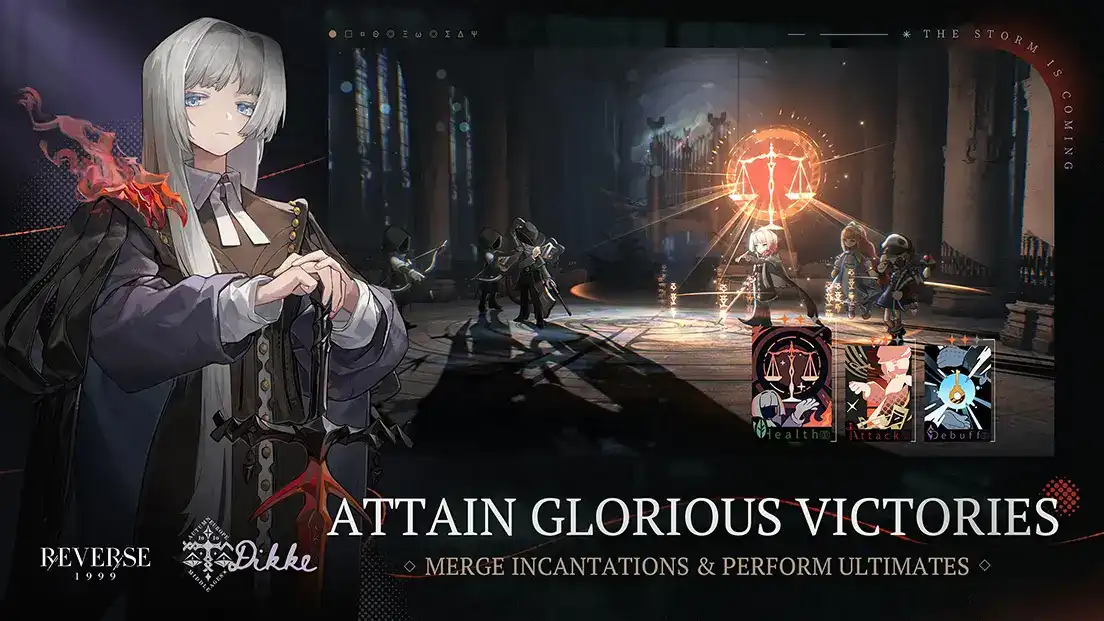
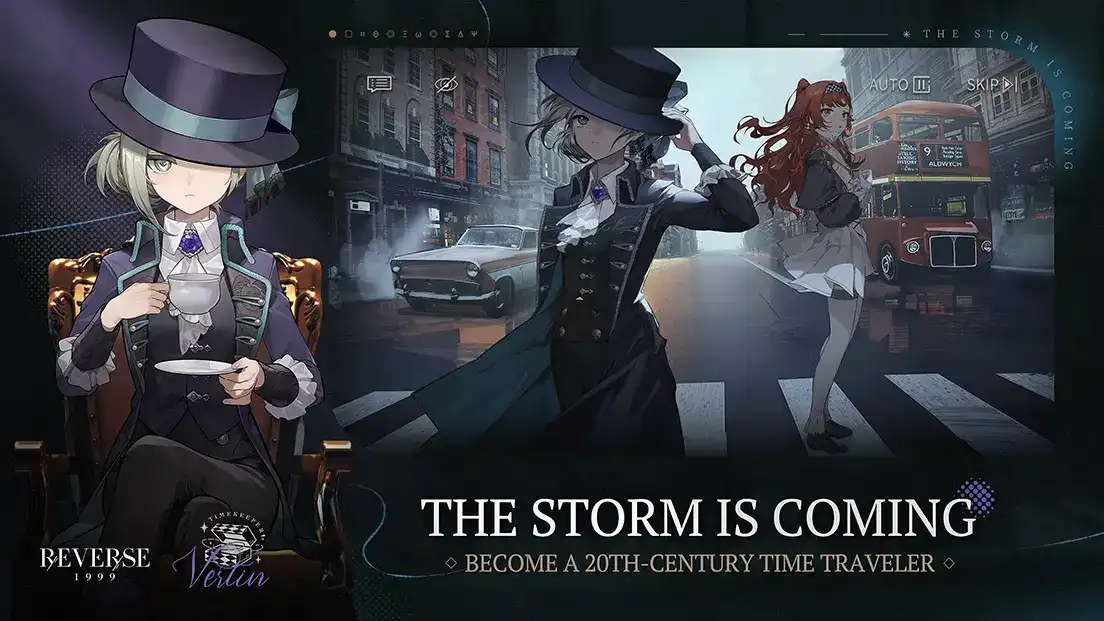
Trailers
Official links
- Official Website: Open in new window
- Official Discord: Open in new window
- Official YouTube: Open in new window
- Official Twitter: Open in new window
- Official Facebook: Open in new window




